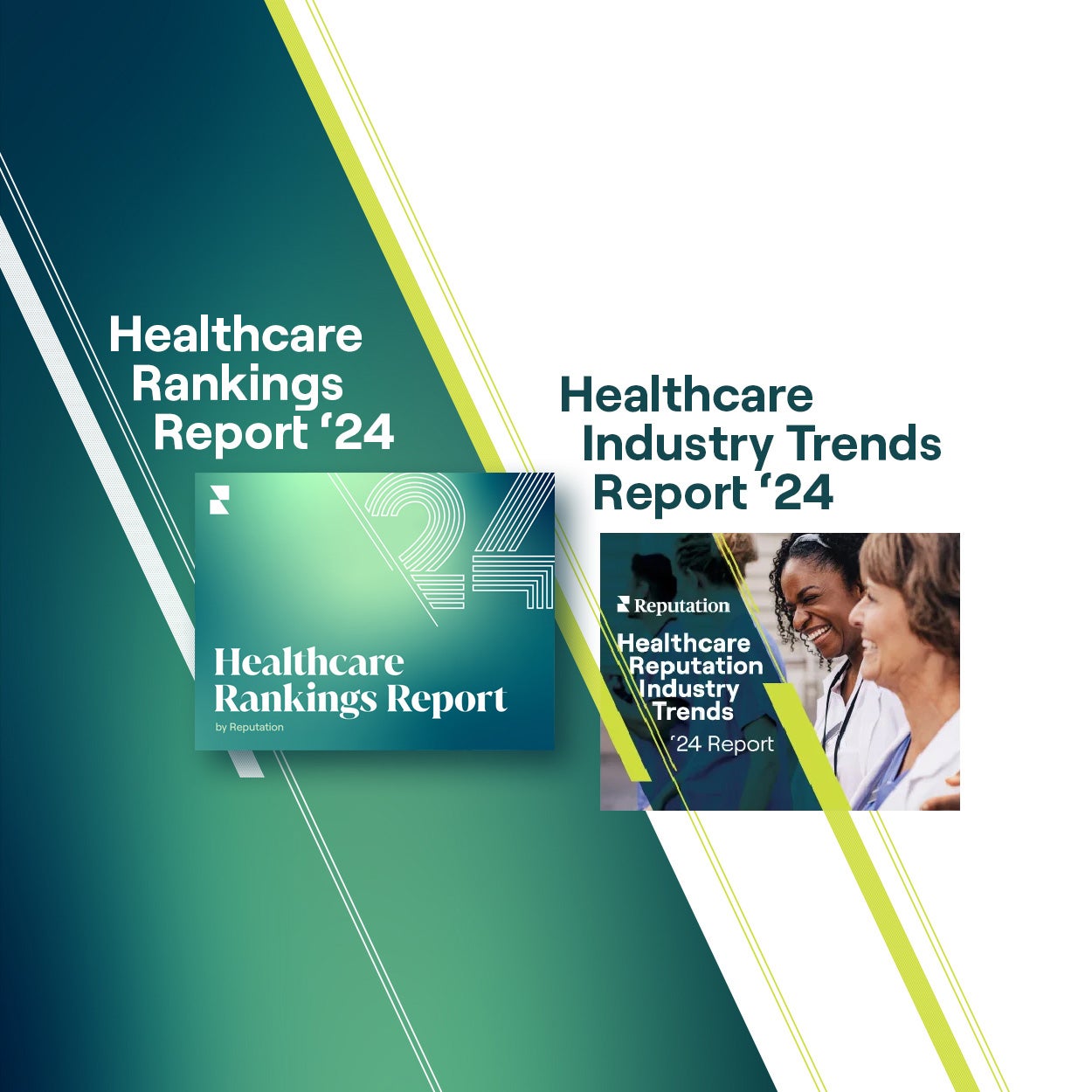When ‘Sludge’ Could Be Helpful For Auto Dealerships
Andy Wand

It’s not just technicians who need to know about sludge. Crawford Hollingworth, co-founder of The Behavioural Architects, makes an interesting point in his recent column in Impact, the magazine for the Market Research Society about businesses conducting ‘sludge audits’ – a term coined by behavioural scientist, Cass Sunstein.
We all know what ‘sludge’ is in our customer journey paths. It’s the unnecessary moments of friction that face customers particularly at bottlenecks in the purchase process. Annoying as they are to consumers, it’s an opportunity to add additional services to a purchase but they potentially frustrate the prospect. They obviously work – commercially – for organisations that do it or you would have hoped that they would have stopped doing it as they were losing potential sales. Although it would be really interesting to see from an organisation willing to share the data, what the actual uptake is and subsequent financial benefit versus the ensuing dis-satisfaction of a customer who then becomes a one-time purchaser and hence all the lifetime loyalty and greater revenue is lost.
Striking a Balance
As an example, when someone books a flight, they are then asked about insurance, hotel, car hire, and so on. We get why the airlines do it – they have partner schemes – but it is frustrating, and it can also be frustrating in the automotive world. A customer is buying a vehicle, and they just want to sign, get the car ordered and wait for the happy day that they can drive off of the forecourt. But, they are then sold the extra stuff: the extended warranty, the paint protection scheme, the gap insurance, the upholstery protection, and so on. Sales incentive schemes, partnership agreements, we know why – but it’s frustrating for the customer when the sales person doesn’t know when to stop, and even if they do it can leave a sour taste that could prevent that customer coming back for a new vehicle in a few years’ time. It’s the balance of revenue now versus a lifetime of revenue.
Hollingworth calls for companies to conduct sludge audits to eliminate these unnecessary (to the customer) obstacles. However, he wisely advises renaming them friction audits within the organisation to get greater buy-in, because who wants to get involved with sludge?
But sludge isn’t just about selling additional services, remember, it’s about any negative obstacles. So let’s call these, and the above, say, ‘bad’ sludge.
And that means, yes, difficult to believe, that because there is ‘bad’ sludge then there is also ‘good’ sludge. Okay, bear with me on this one…
When Sludge Is Good
An interesting paper was released last year by researchers at Imperial College, London and published in the Journal of Marketing, entitled “Strong anxiety boosts new product adoption when hope is strong”. Essentially, the research was into medication and was sponsored by the Bill & Melinda Gates Foundation. I won’t go into all the details here but the outcome was that when both anxiety and hope are high then likelihood to adopt was strongest.
So, let’s get back to ‘good’ sludge. Buying a new vehicle is recognised as being one of the biggest financial investments after a mortgage. The biggest worry? Financial ramifications. How is this objection normally overcome? Affordable finance scheme, redundancy protection and so on to smooth the fears. But we also know that when a customer buys a car it’s usually not functional but emotional – the standard 16% need vs 84% want model. (There is a massive potential here for showrooms to actually put models into the environment that they will be used in: the SUV full of camping gear and sports kit, the compact on an urban street, the EV being charged up at home with trees and flying birds etc – purely to create greater emotional buy-in, but that’s a whole different blog).
So an emotionally-led purchase, with high hope (this will give me the lifestyle that I crave etc) and high anxiety (potential financial ramifications). Why don’t we twist this a little bit? Rather than smoothly overcoming financial concerns to reduce the anxiety, why don’t we acknowledge it, state that they are right to be worried because it is a major purchase, and focus on the hope part of the purchase whilst still offering reassurance (of affordable finance, redundancy protection and so on)? It’s a very subtle and nuanced approach but it puts prospects firmly in the high hope and high anxiety box so they are more likely to adopt (buy) whilst leaving the customer with a feeling (emotionally-led purchase remember) that they have been really understood and empathised with which will lead to stronger affinity and lifetime loyalty and the subsequent revenues that this brings.
Knowing the Difference
Maybe it’s not so crazy to know the difference between bad sludge and good sludge. And if you are struggling with defining those friction points and eliminating them, then feel free to contact me via LinkedIn.

